Architect vs Civil Engineer: Understanding the Key Differences in Construction
Introduction – Two Disciplines, One Goal
Stand beneath a soaring office tower or stride across a cable-stayed bridge and you’re witnessing a duet of professional expertise. Architects sculpt form, daylight and user experience; civil engineers translate that vision into a structure that resists wind, gravity and the accountant’s red pen. If you plan to lead projects—perhaps after completing SSSTS or SMSTS—you’ll need to grasp where these roles diverge, overlap, and finally mesh into a finished building.
1 | Core Focus Areas
Architects
- Develop a building’s concept, aesthetics and spatial layout.
- Balance client aspirations with functionality, context and planning policy.
- Produce drawings and 3-D models referenced by every trade on site.
Civil Engineers
- Turn architectural intent into safe, buildable solutions.
- Calculate load paths, material strengths and foundation options.
- Design supporting infrastructure—roads, drainage, utilities—for a fully functioning neighbourhood.
Think of the architect as the composer and the civil engineer as the conductor translating the score into a flawless performance.
2 | Education and Professional Registration
Architect Pathway
- Five-year university route: RIBA Part 1 (BA/BSc) → Part 2 (MArch) → Part 3 (professional exam).
- Emphasis on design studio, architectural history and sustainability.
- Register with the Architects Registration Board (ARB) to use the protected title “architect.”
Civil Engineer Pathway
- Three- or four-year BEng or integrated MEng in Civil Engineering.
- Core modules: structural mechanics, geotechnics, hydraulics, surveying, project management.
- Professional review with ICE leads to Incorporated (IEng) or Chartered (CEng) status.
Both professions record annual CPD hours—audited as keenly as the HSE inspects a scaffold ledger.
3 | Daily Responsibilities Compared
| Focus | Architect | Civil Engineer |
|---|---|---|
| Design vs Calculations | Sketch spatial proportions, select cladding, set daylight targets. | Specify slab thickness, reinforcement, wind loading, movement joints. |
| Client Liaison | Lead design workshops, mood boards, VR fly-throughs. | Explain technical constraints, propose value-engineering options. |
| Regulatory Interface | Submit planning & heritage statements. | Deal with building-control, highways, drainage authorities. |
| Deliverables | Drawings, schedules, visualisations. | Structural calculations, method statements, inspection reports. |
Seamless communication prevents the costly clash of a late façade tweak against concrete already poured.
4 | Key Differences at a Glance
- Primary Objective – Architect pursues visual harmony; engineer assures structural safety and economy.
- Creative vs Analytical – Architects lean artistic; engineers lean scientific—each needs some of the other’s mindset.
- Regulatory Focus – Architects shepherd planning consent; engineers tackle Building Regs Part A (structure) & Part H (drainage).
- End Products – Architects deliver coordinated drawings; engineers deliver verified calcs and inspection sign-offs.
5 | Alternative Career Routes in Construction
University isn’t the only doorway to a rewarding career. Skilled trades and site management remain in high demand:
- Bricklaying, Carpentry, Stonemasonry – Learn via NVQs and apprenticeships.
- Site Supervision – Obtain SSSTS and lead small teams.
- Site Management – Progress to SMSTS and a CSCS Black Card.
- Safety Specialist – Add Traffic Marshal or National Water Hygiene certificates.
Whatever the route, it starts with the CSCS Green Labourer Card for site access.
6 | Obtain Your CSCS Card – First Step onto Site
- Level 1 Health & Safety Course – 100 % online with same-day results.
- CITB HS&E Test – 45-minute touchscreen exam.
- CSCS Application – Or choose our full-package service and let us do the admin.
7 | Functional Skills – Bridge to University
Lacking traditional GCSEs? Functional Skills Maths & English meet entry clauses for many college and degree programmes. We partner with accredited providers to help mature learners plug the gap and move on to HNCs, HNDs or degrees.
8 | Why Choose The Builders Academy?
- Qualifications trusted by major contractors nationwide.
- Flexible online delivery—study around work shifts.
- Fast-track CSCS, SSSTS and SMSTS routes.
- Tutor support from chartered engineers, architects and seasoned site managers.
• Start with the CSCS Level 1 Course and gain site access.
• Already on site? Upgrade to SSSTS or SMSTS and captain the crew.
• Add CPDs like Traffic Marshal for extra safety clout.
Questions? Call 0203 345 6575 or email admin@thebuildersacademy.co.uk.



 Student Login
Student Login